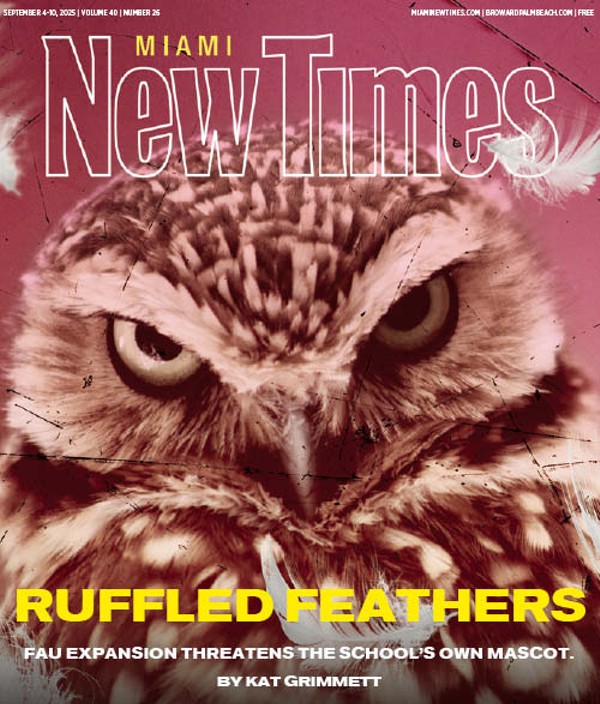"I saw the dance as a vision of ineffable power," dancer and choreographer Jose Limon explained before his death in 1972, "dance as Michelangelo’s visions dance and as the music of Bach dances." The late dance pioneer's vision still endures in the company he founded, now in its 70th year — a tribute to the man and the artist and those who believe in his gifts.
This weekend, the Limon Dance Company will present a program of works in recognition of the company's milestone birthday. Colin Connor, a former dancer with the troupe and now its artistic director, says the company will present “a massive program — three Limon pieces and two contemporary works," brought to life by a “community of people who believe in the work, the value of the work,” including Limon's pieces Concerto Grosso (1943), Dialogues (1951), and The Moor’s Pavane (1949).
Limon did not set out to be a dancer, but a painter. Early exposure to the works of modern-dance pioneers Doris Humphrey and Charles Weidman drew him to dance. Limon took great literary and music compositions and gave them new interpretation, leaving behind a creative legacy that supersedes genre.
Limon was born in Mexico in 1946, into a world not unlike ours today. Countries had been at war, governments were rebuilding, turmoil was a constant, and artists struggled to be heard above the continual clamor of discontent and xenophobia. Limon was not untouched by the violence of the revolution in his country. At the age of 5, he witnessed his young uncle being shot to death. The family immigrated to the United States shortly after.
It was while serving in the U.S. military that Limon created Concerto Grosso, to music by Antonio Vivaldi. Connor describes it as a “three-part choreographic invention that evokes the formal beauty of the high baroque and reflects the contrasting moods of the music’s movement: the elegance of the opening fugue, the tender melancholy of the largo, and the brilliance of the finale... Limon's Concerto Grosso is the promise of a world, and a way of living, we have yet to see.”
Dialogues was lost to the world for many years until it was reconstructed by Carla Maxwell from a newly found film in the archives of the Jacob’s Pillow Dance center in Massachusetts. Maxwell worked closely with Limon and was artistic director of the company from 1978 until Connor took over in 2016. She reassembled this silent and unfinished piece into what we see today. Here, Limon looks to history for his inspiration. Connor describes it as “a dramatic double duet based on two pivotal moments in Mexican history involving foreign invaders who seek to dominate, and the Mexicans who defend their soil and integrity.” Dialogues is the struggle between people tied to their way of life and those pushing forward. It is about the winners and losers of history.
The Moor’s Pavane, set to music by Purcell, is a masterpiece of the 20th Century. Based on Shakespeare's Othello, it succinctly captures the bonds of humanity. Love, fear, anger, jealousy, deceit, evil, and naiveté are condensed in Limon’s terse quartet as the stately Pavane is performed to its tragic conclusion. Patterns open and close, partners circle each other with suspicious glances. Whispers are exchanged, seeds planted.
“Jealousy rips apart the formal dance meant to contain it, but the choreography that reveals this is built to endure,” Connor says.
The two contemporary pieces in the program, Night Light and Corvidae, address many of the themes Limon wrestled with throughout his career. Night Light (2014) by Kate Weare “is a combative piece that doesn't flinch in the face of manipulative violence,"Connor explains. “It carries the work of Limon forward with its clarity of form, musicality, sense of touch, and visual architecture.”
Colin Connor’s Corvidae (2016), with music by Philip Glass, draws on the innate power of animals, especially crows. Connor points out that crows, throughout history, have been seen as mythological messengers — seeing things that maybe we are not seeing, that perhaps Limon saw and examined throughout his life and work. The crows, like Limon's work, are a messenger of the human condition – then and now.
Limon Dance Company
8 p.m. Saturday, November 19, at South Miami-Dade Cultural Arts Center, 10950 SW 211th St., Cutler Bay. Tickets cost $25 to $45. Visit smdcac.org.

Audio By Carbonatix
[
{
"name": "GPT - Billboard - Slot Inline - Content - Labeled - No Desktop",
"component": "22004575",
"insertPoint": "2",
"requiredCountToDisplay": "2"
},{
"name": "STN Player - Float - Mobile Only ",
"component": "22595215",
"insertPoint": "2",
"requiredCountToDisplay": "2"
},{
"name": "Editor Picks",
"component": "17482312",
"insertPoint": "4",
"requiredCountToDisplay": "1"
},{
"name": "Inline Links",
"component": "18711090",
"insertPoint": "8th",
"startingPoint": 8,
"requiredCountToDisplay": "7",
"maxInsertions": 25
},{
"name": "GPT - 2x Rectangles Desktop, Tower on Mobile - Labeled",
"component": "23181625",
"insertPoint": "8th",
"startingPoint": 8,
"requiredCountToDisplay": "7",
"maxInsertions": 25
},{
"name": "Inline Links",
"component": "18711090",
"insertPoint": "8th",
"startingPoint": 12,
"requiredCountToDisplay": "11",
"maxInsertions": 25
},{
"name": "GPT - Leaderboard to Tower - Slot Auto-select - Labeled",
"component": "17720761",
"insertPoint": "8th",
"startingPoint": 12,
"requiredCountToDisplay": "11",
"maxInsertions": 25
}
]










